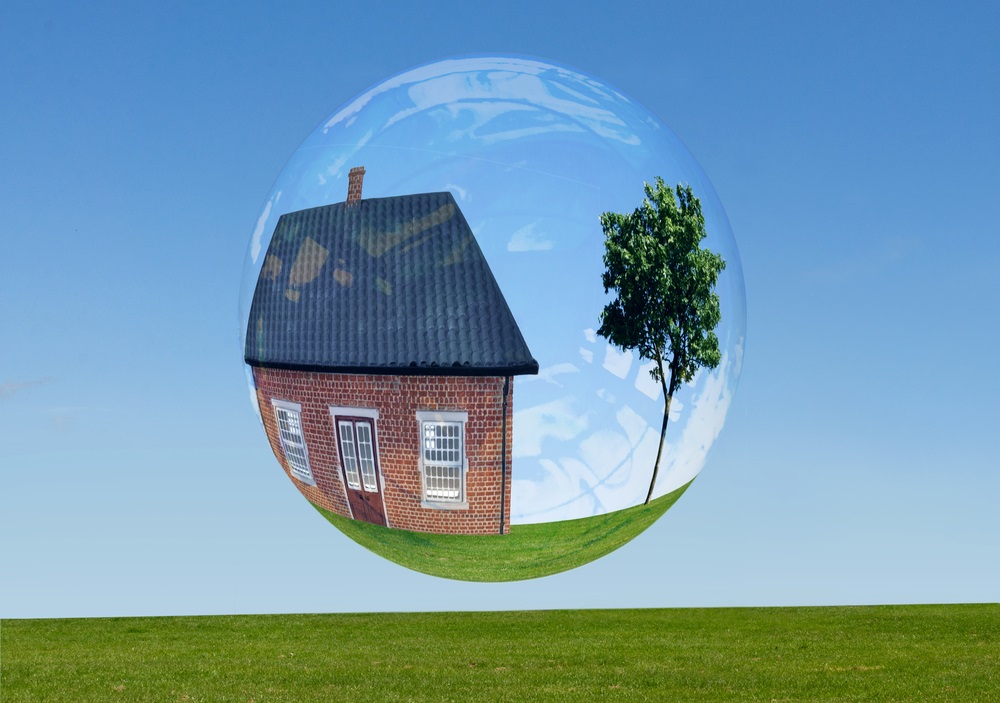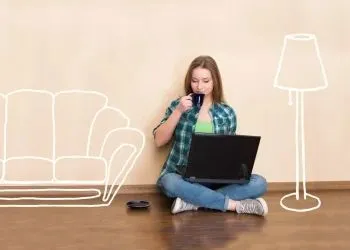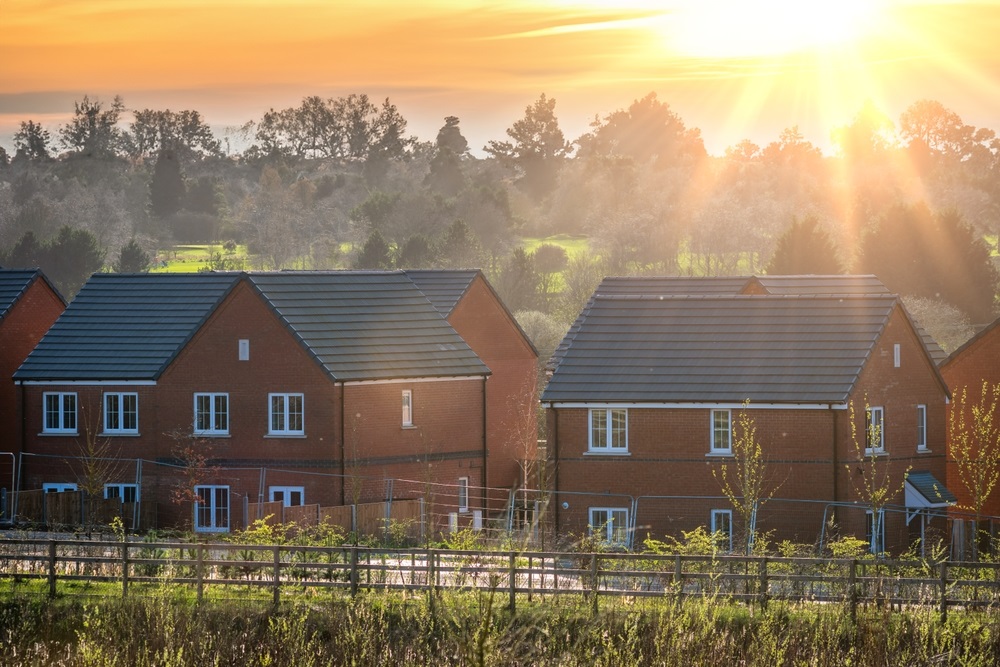House prices dipped for the first time since January as the stamp duty holiday began to wind down, the latest data from Halifax has revealed.
 According to the mortgage lender, prices fell by 0.5% in June compared to May which means the average property in the UK now stands at £260,358.
According to the mortgage lender, prices fell by 0.5% in June compared to May which means the average property in the UK now stands at £260,358.
Prices are still 8.8% higher than they were in June 2020, however this increase is not quite so dramatic as the 9.6% annual hike experienced in May and suggests the market may be starting to slow.
The data comes just a week after the Stamp Duty Holiday began to be phased out. Until the 30 June up to £500,000 of a property’s value had been exempt from the land tax.
From 1 July and until 30 September the ‘nil rate’ on stamp duty applies to £250,000 of the property’s price.
Russell Galley, managing director of Halifax, thought the change in the stamp duty holiday benefits would continue to impact house prices.
He said: “With the stamp duty holiday now being phased out, it’s was predicted the market might start to lose some steam entering the latter half of the year, and it’s unlikely that those with mortgages approved in the early months of summer expected to benefit from the maximum tax break, given the time needed to complete transactions.
“That said, with the tapered approach, those purchasing at the current average price of £260,358 would still only pay about £500 in stamp duty at today’s rates, increasing to around £3,000 when things return to normal from the start of October.”
More space
Galley said government support measures have helped boost demand for properties and buyers looking for larger family homes at the upper end of the market had benefited from this most.
In fact, the shift in popularity towards detached homes has meant this type of property has risen in price by more than 10% – or £47,000 – over the last year, according to Halifax.
Indeed, these types of properties are now £200,000 more expensive than the typical semi.
“That power of homemovers to drive the market, as people look to find properties with more space, spurred on by increased time spent at home during the pandemic, won’t fade entirely as the economy recovers,” Galley said.
A mere blip
Although the dip in house prices might feel like cause for concern to some, experts believe it’s just a mere blip.
In fact, Karen Noye, mortgage expert at Quilter described it as ‘a small splutter’ from a housing market which has been ‘full steam ahead’ for a long time. However, she said the market was also at a ‘turning point’.
“This may be a signal for first-time buyers still struggling to find the funds to get on the housing ladder to keep saving and wait to see how prices react over the summer,” Noye added.
“With the 95% mortgage scheme enabling lots of new entrants to the market those with small deposits should be wary of negative equity. For some, adopting a wait and see approach could be prudent.
“However, with money remaining cheap to borrow and a dwindling housing stock, prices could still take some time to drop. How the economy fares in the coming months as we exit lockdown will determine the number of people made redundant and ultimately the number of people unable to meet their mortgage commitments.
“The future of the housing market has never been so hard to predict.”














